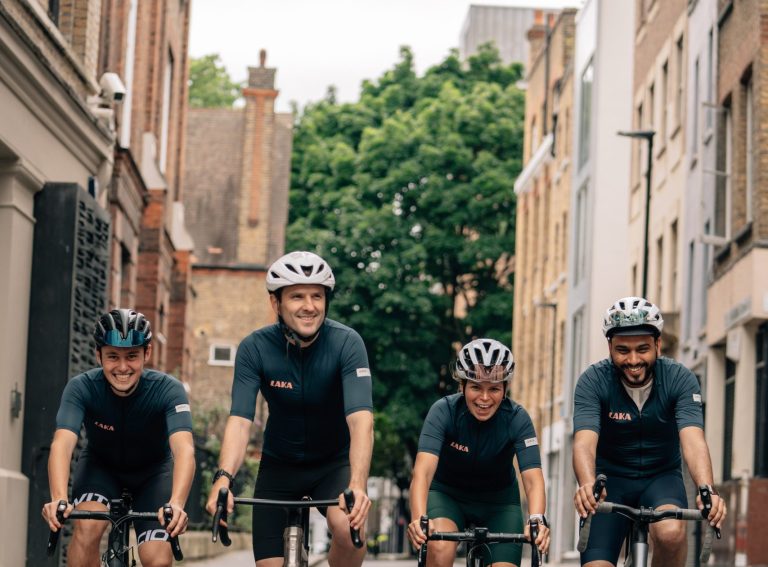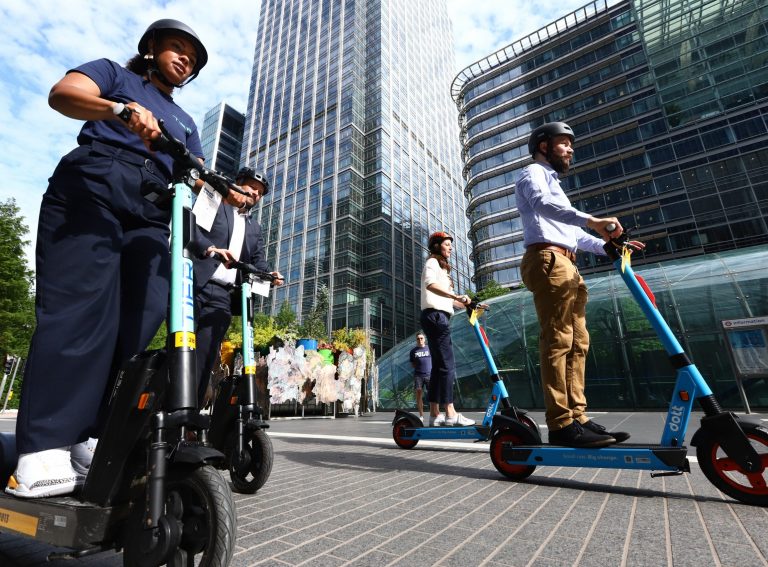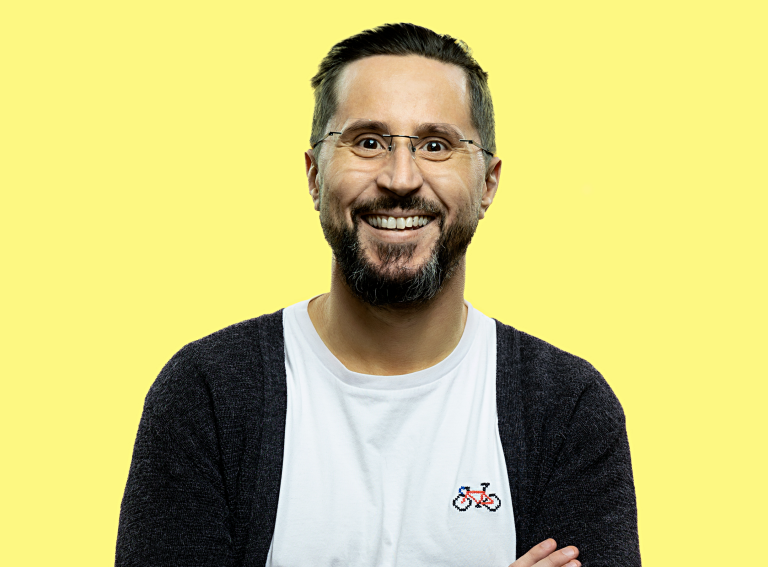Image Credit: Trevor Price
This is not Dragon’s Den. There is no fantasy world where a start-up can walk up to a group of investors, give away 20% of their business and come away with millions.
That’s the stark reality from James Black, Innovation Manager at WMG, an academic department at the University of Warwick that is helping new businesses access the funding they need to transform transport in the UK.
WMG has recently closed applications for its fourth cohort as part of a Clean Transport Accelerator collaboration with commercial banking giant NatWest. Applications for cohort five will open on May 27.
The goal is to help innovative companies navigate what Black describes as a “funding environment that is tighter and tougher than it has ever been”.
Over 50 businesses have already completed the six-month accelerator and can call themselves alumni.
“By the time a company finishes our accelerator, I want them to have expanded their network of contacts, have more funding options and be in a position where their product is ready for the UK market,” Black tells Zag Daily.
Founders of new mobility start-ups often have noble ideas of saving the world, but can find the stark realities of keeping their innovations alive extremely challenging, particularly when running out of cash can be the difference between success and failure.
That’s why WMG’s work, alongside partners NatWest, is so important.
The pair are helping clean transport businesses grow their ideas, build something of scale and make it tangible and ready to go to market.
Debt vs equity
Traditionally, there are two funding options available to innovative start-ups – debt or equity.
Black explains there are different risk profiles for each and “different levers you can pull”.
Debt financing is the act of raising capital by borrowing money from a lender or bank to be paid at a future date. Creditors are then owed interest on the money borrowed. The key benefit is control as you retain 100% of your business.
Taking on debt is the riskier option. It’s one of the reasons why WMG has partnered with NatWest to take advantage of the bank’s understanding of risk for those companies looking to raise funds through taking on debt.
Equity investment is the second traditional route where innovative companies look to introduce their ideas to investors and angels – wealthy investors that are looking to put their own money into start-ups with the potential for growth.
Alexis Toft, Head of Minerva Business Angels which is powered by the University of Warwick Science Park, tells Zag some of the steps net-zero transport startups should be considering when seeking funding from an angel investor.
Alexis says a startup’s pitch should cover the problem and solution, the USP (Unique Selling Proposition), how money will be generated both for the business and for the investors, how the money will be used, and an exit strategy.
The business should also look to compare itself with competitors and how customer needs are being served: “Nothing is that new that there are none,” Alexis says.
Startups should also check an angel’s history and interest in the sector, and ensure that passion shines through in the pitch.
“Most investors invest in the founders’ vision and enthusiasm, so if you can’t pitch then practice.”
There is a third funding option available however and that’s through innovation and grant funding.
Black says: “Organisations like Innovate UK are keen to fund activity in the area of decarbonisation and clean transport.
“WMG can also come in as a partner in the accelerator to access and facilitate innovation and grant funding too.
“So it’s a unique set-up with the commercial banking partnership with NatWest and WMG’s expertise around de-risking innovation, which particularly focuses on leading research and development and how to manufacture a product and get it to market.”
A fragmented landscape
Part of the accelerator is to identify grants that can be applied for. Alumni of the accelerator are kept up to date with any grants that may be relevant.
“We’re always looking to build consortiums and put together grants and we have people within WMG with writing experience for funding proposals,” Black says.
“The problem with grant funding is that it’s a really fragmented landscape. There are grants all over the place and there are a lot of different organisations you need to engage with.”
WMG works with its alumni to offer coaching and workshops on how to find grant funding opportunities, the best way to frame applications and how to prepare for the kind of questions that will arise.
Roads? Where we’re going, we don’t need roads
Scott Crowther works on the WMG team to run workshops on writing bids. He uses a fictional example of a company that has an idea for a time travelling DeLorean.
Everything for this time travelling innovation has been modelled and designed. There’s even a 3D printed chassis.
Black says: “This fictional company has done a lot around the edges, but they have no product. You can’t just knock on an investor’s door and find the patron that is going to give you a million pounds to make a prototype.
“That is a really difficult conversation to have straight away.”
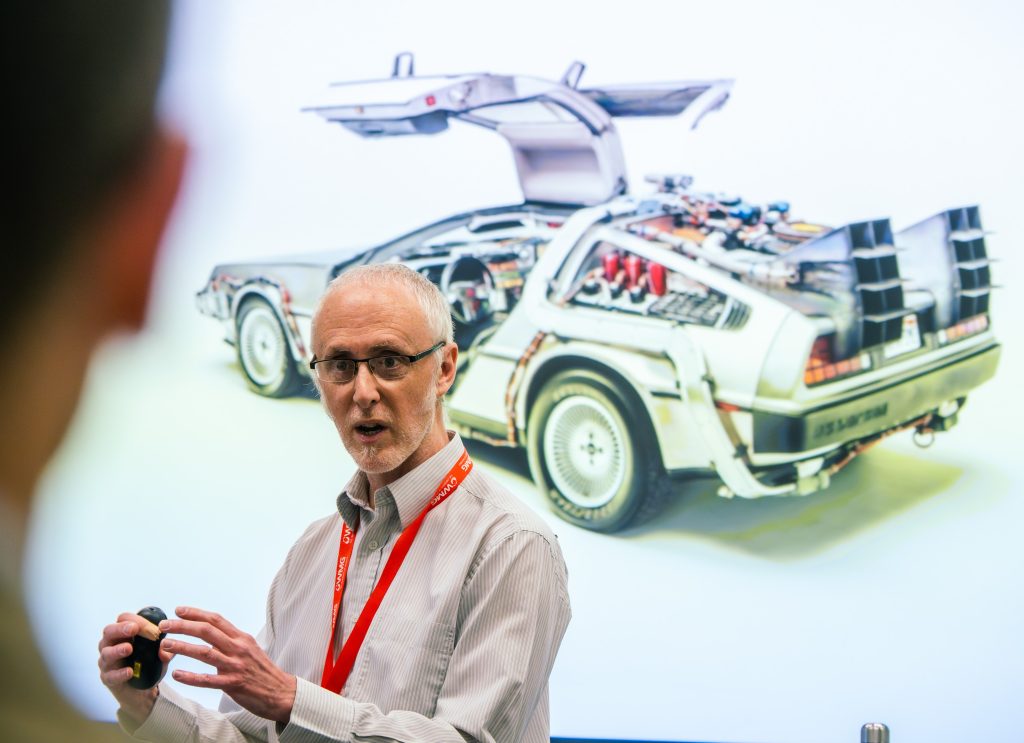
The more likely path is a three to five year funding journey that will help the business progress in stages and break down what they’re trying to achieve into more manageable chunks. Fundraising, more fundraising, and making that work with the cash flow considerations of the business is fundamental to realising success.
Understanding market dynamics
Another essential area investors will be looking for is whether the correct attention has been paid to analysing the market properly. Black says investors will expect start-ups to have a real grasp on market dynamics and a macroeconomic picture, which will likely dictate much of a company’s potential future viability and profitability.
For the shared mobility and e-scooter market, that means understanding the rush of companies piling in, the inevitable consolidation and the wider appetite for risk and investment.
“Taking shared mobility companies as an example, we’re starting to see that market condense and fewer bigger companies doing similar things which generates an algorithm for success,” Black says.
“That’s where you can start to see more space for innovation, as well as those left behind by the existing products and services. That’s where things get exciting.”
Hardware is a hard sell
Part of Black’s advice for aspiring clean transport pioneers is to make sure they have the flexibility to reshape their business to provide a software or service as part of their core idea.
The appetite for investment for a piece of hardware can be trickier. Black says software is the most profitable space to be in, whereas hardware requires tooling, manufacturing capabilities and supply chain risk.
This can be deemed too risky for some, particularly angel investors.
“An angel investor might not understand the nuances of manufacturing or how to de-risk it.
“They might not understand some of the design choices made or the engineering behind the product. And it’s hard to find somebody who will do due diligence on your behalf or sign off on that sort of risk.”
This is why the accelerator works with companies to innovate not only their products but their business models. It supports businesses in considering how to further innovate around their initial propositions to land on a product which is even more suited for the market and therefore would attract more investors.
“Pivoting is to be expected,” Alexis Toft says. “As you seek to raise, you can have your assumptions challenged, learn from sector experience in the audience or discover potential expert advisors. Investors see many pitches and may be able to guide you on what they see work and what you should avoid.”
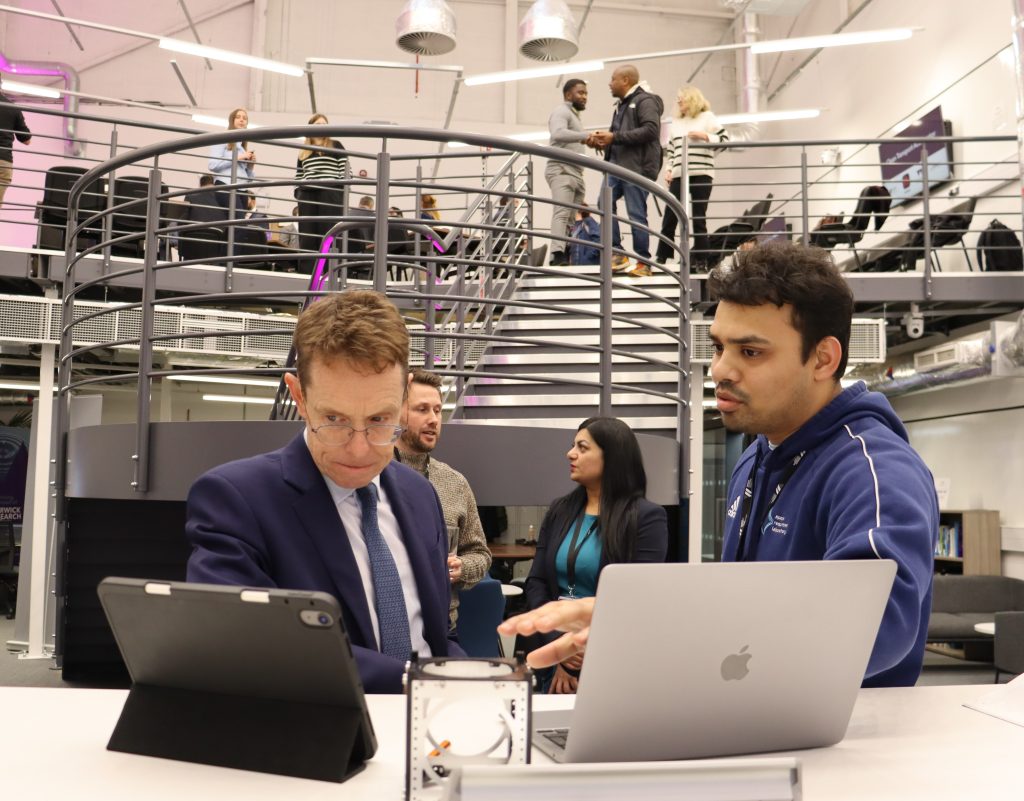
After the Accelerator
All companies that complete the Accelerator programme can still attend WMG’s events and coaches and mentors remain contactable.
“I’m still in touch with several companies. I was at a company this morning who were in our last cohort, just having a look at their new space and chatting to them about their next fundraising round,” Black says.
“They’re still part of the ecosystem and that network. That’s one of the biggest selling points of the Accelerator, to create that network of peers and fellow founders.
“Being a leader is tougher than it’s ever been, let alone being a founder. Having that network to continually draw on, as you go through those experiences, is invaluable.”



